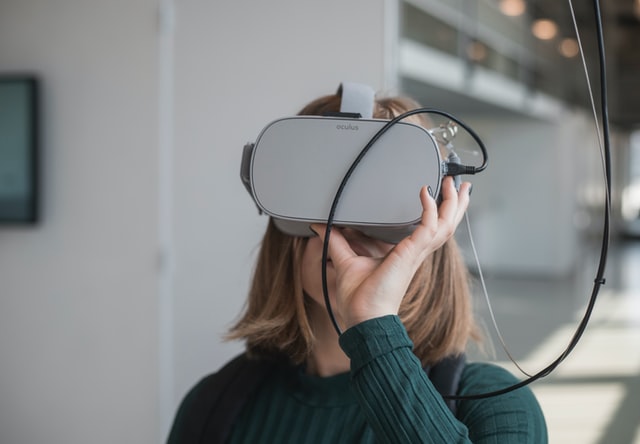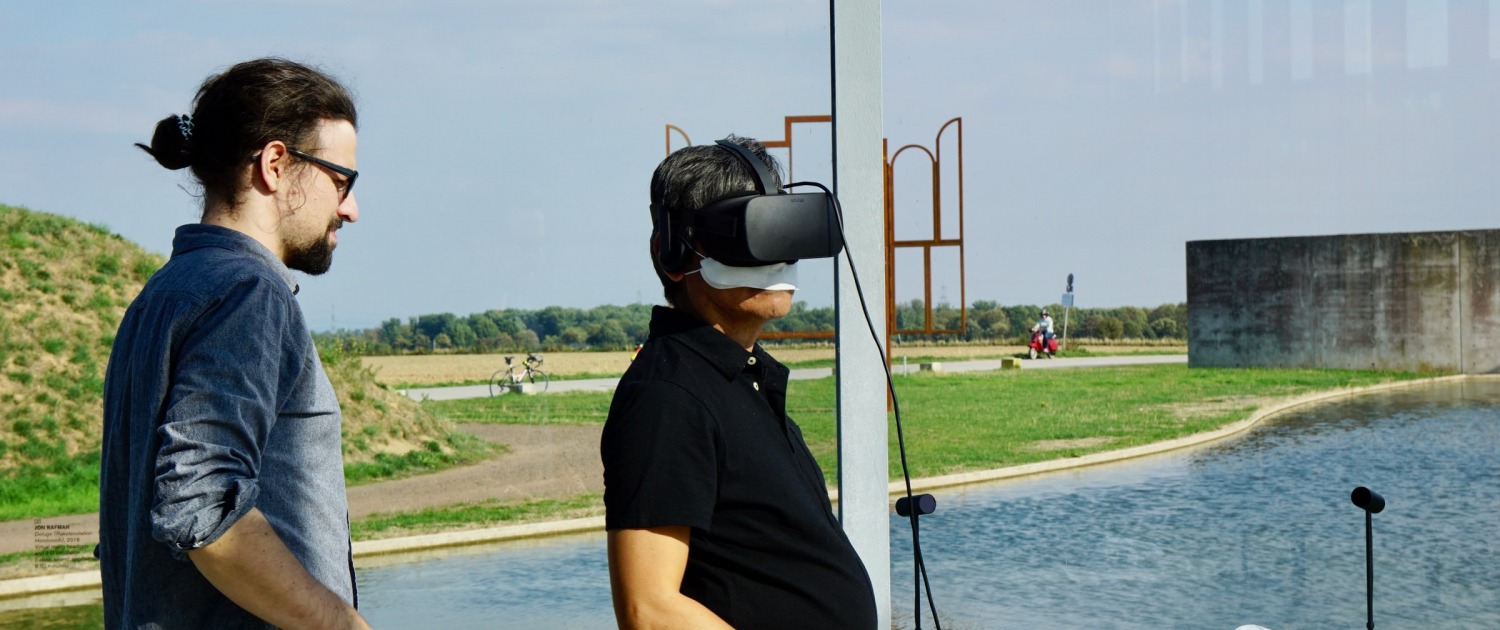Virtual reality is no longer an exclusive tool for games. The technology has taken over hospitals, clinics, and medical schools and is transforming the manner in which healthcare professionals treat patients and train for complex procedures.
The Basics: Why is VR so Effective in Medicine?
In its most basic, virtual reality builds interactive, simulated environments that deceive our senses into believing we are elsewhere. Current VR headsets combine sophisticated displays with motion tracking and spatial audio to render the illusion realistic. The worth that renders VR particularly valuable in healthcare settings is the inclusion of haptic feedback—technology enabling users to “touch” virtual objects through vibrations or resistance in controllers or high-end gloves.

Rehabilitation: Making Recovery More Engaging
Anyone who has had physical therapy knows that it is repetitive and frustrating. That is where VR really shines.
For stroke patients struggling to restore their mobility, traditional therapy can feel like a never-ending series of stodgy exercises. VR transforms those exercises into fun games in which patients can use their hands to touch virtual objects or move through virtual space. The outcomes are their own—patients who employ VR rehabilitation are more likely to have better compliance with their therapy regimens and lower recovery rates.
For individuals with spinal injuries, VR provides safe spaces to repeatedly practice movement, and this is a critical element in neuroplasticity and your brain’s amazing ability to develop new neural pathways. Therapists can then precisely track progress and adjust the level of difficulty using real-time performance measures and thereby form beautifully customized recovery plans to improve outcomes.
One of the most promising applications of VR technology is in treating mental illness. For patients with anxiety disorders, phobias, PTSD, or depression, VR offers a controlled environment for exposure therapy—a established treatment modality.
An individual afraid of heights can progress through increasingly challenging virtual environments, from a low balcony to looking out of a skyscraper, all while still physically remaining grounded. PTSD patients may process traumatic memories by re-experiencing equivalent environments in a safe and controlled way under the guidance of an experienced therapist.
Cognitive behavioral therapy using VR continues this process by allowing individuals to process emotional triggers and healthier responses within virtual environments before facing real-world situations.
Surgery: Practice Makes Perfect
Virtual Reality is now a priceless planning and practice instrument for surgeons. Tough operations that only were previously possible during the operation are now being practiced thousands of times in simulation.
Neurosurgery is a good example of the impact of VR. With precise models built from a patient’s own CT and MRI scans, surgeons can find out the individual anatomy they will encounter during surgery. They can practice how to maneuver around delicate structures, plan precise techniques appropriate for each person’s unique condition, all before making the first cut.
Pain Management: Distraction That Works
One of the most straightforward benefits of VR is how it is able to divert the attention away from pain or anxiety. During painful procedures like burn dressing changes, dental work, or chemotherapy, enveloping patients in engrossing virtual environments significantly reduces the amount of pain experienced.
This is not subjective either. Multiple studies consistently show that VR distraction therapy can decrease both self-report measures of pain and measures of physiological stress. Even some patients require less pain medication during procedures with VR support, an additional bonus through decreasing drug side effects.
Medical Education: Learning by Doing
Physicians and students are faced with having to memorize complex anatomical data and procedural skills traditionally requiring decades of observing and mentor-guided practice. VR dramatically reduces this learning curve.
Instead of seeing static diagrams in text books, students can explore interactive 3D models of the human anatomy and peel off layers to visualize structures in space relative to one another. Students can practice surgeries several times with immediate feedback, building confidence and muscle memory prior to application to actual patients.
Emergency responders can rehearse high-stress scenarios like trauma resuscitations simultaneously in virtual environments, building individual expertise and team coordination for when real emergencies occur.
What’s Next for VR in Medicine?
The applications of VR in medicine are expanding as technology continues to develop. Some of the most compelling developments include:
- Mixed reality systems that overlay digital instructions onto real patients undergoing procedures
- AI-augmented VR tailored to individual users, providing customized training or therapy sessions
- Next-generation haptic feedback that allows doctors to “feel” virtual tissue with more and more realistic resistance and texture
As these technologies continue to evolve, VR will become increasingly embedded in healthcare delivery, potentially lowering costs while enhancing outcomes.
Knowing the Limitations
Despite its promise, VR isn’t without challenges. Some users experience motion sickness, eye strain, or disorientation during extended sessions. Medical applications require careful monitoring and appropriate time limits to prevent these side effects.
Privacy concerns also need addressing, especially when dealing with sensitive patient information in virtual environments. Strong security protocols and compliance with healthcare data protection regulations remain essential as VR adoption grows.
The End Result
Virtual reality is transforming medicine in incredible ways, enriching rehabilitation, introducing new approaches to the treatment of mental illness, improving surgery, reducing pain and anxiety during procedures, and revolutionizing medical education.
The journey may be filled with challenges, but the way is clear: VR technology will continue to reshape medicine, offering innovative solutions to age-old healthcare challenges and creating new avenues for providers and patients alike.
As software becomes smarter and hardware less expensive, we can reasonably expect that VR will be as omnipresent in the healthcare setting as stethoscopes and blood pressure cuffs, are now in the medical arsenal.
As virtual reality becomes more integrated into healthcare, education, and other areas, individuals looking to own a VR business have a singular opportunity to join this revolutionary movement.

